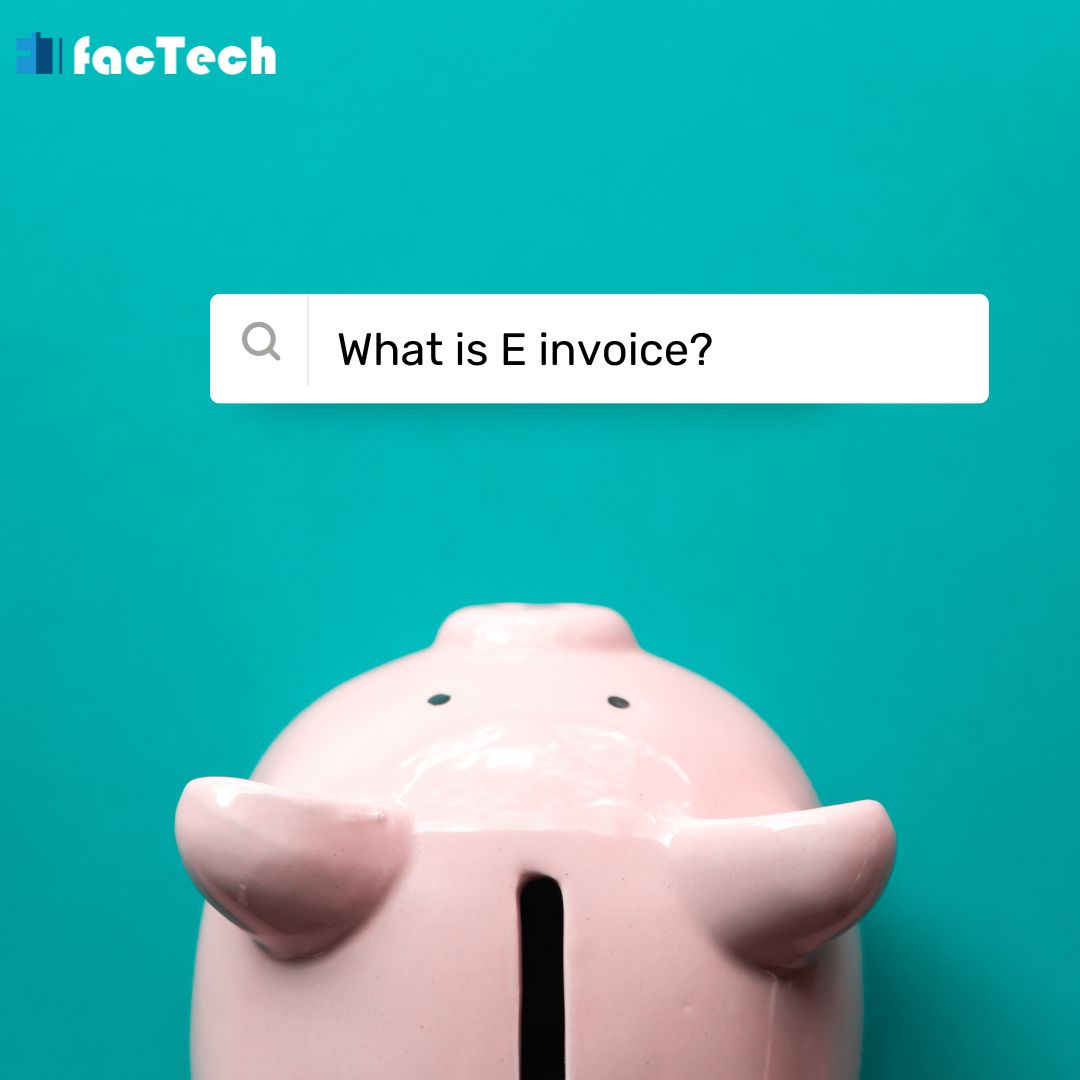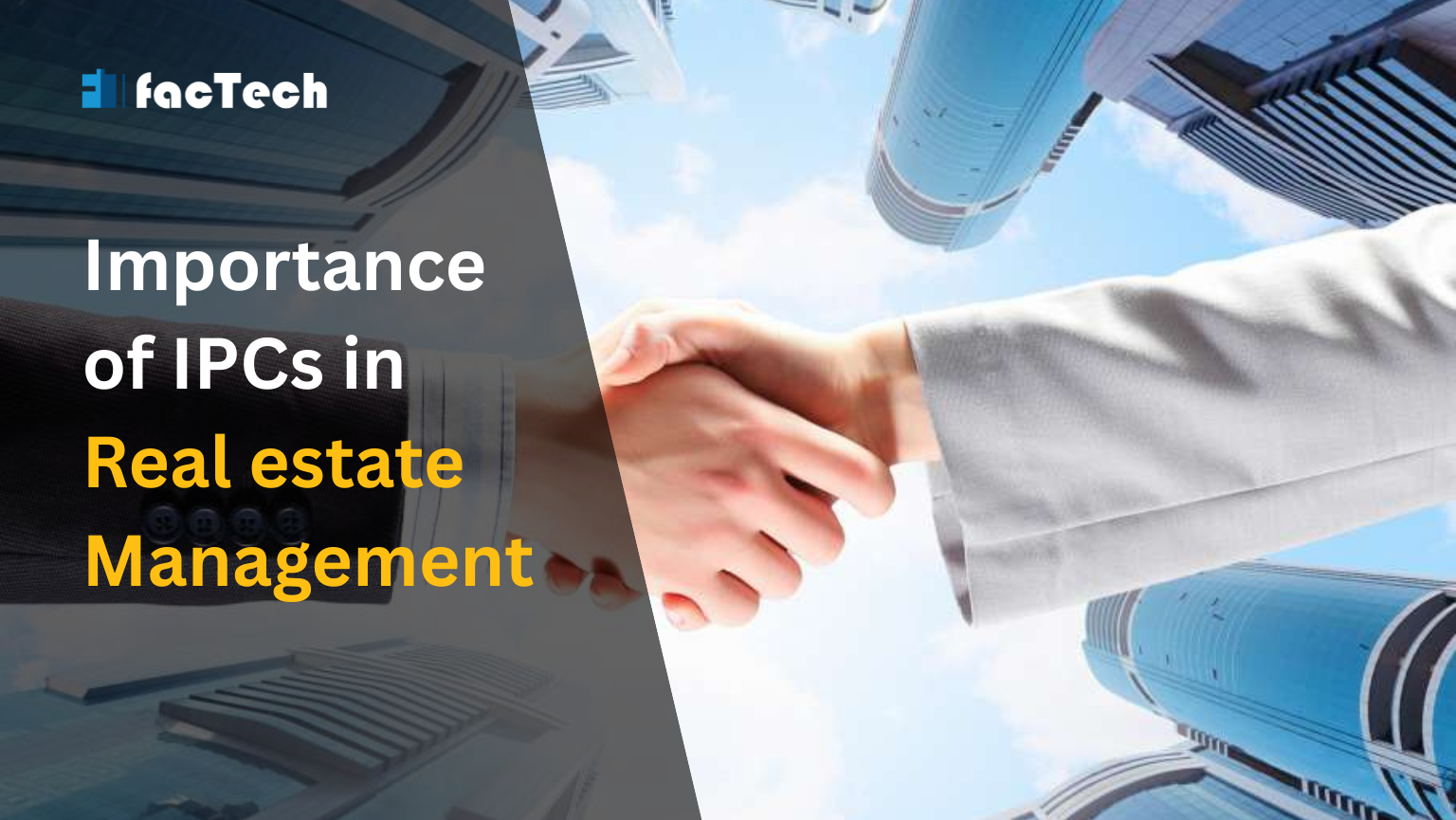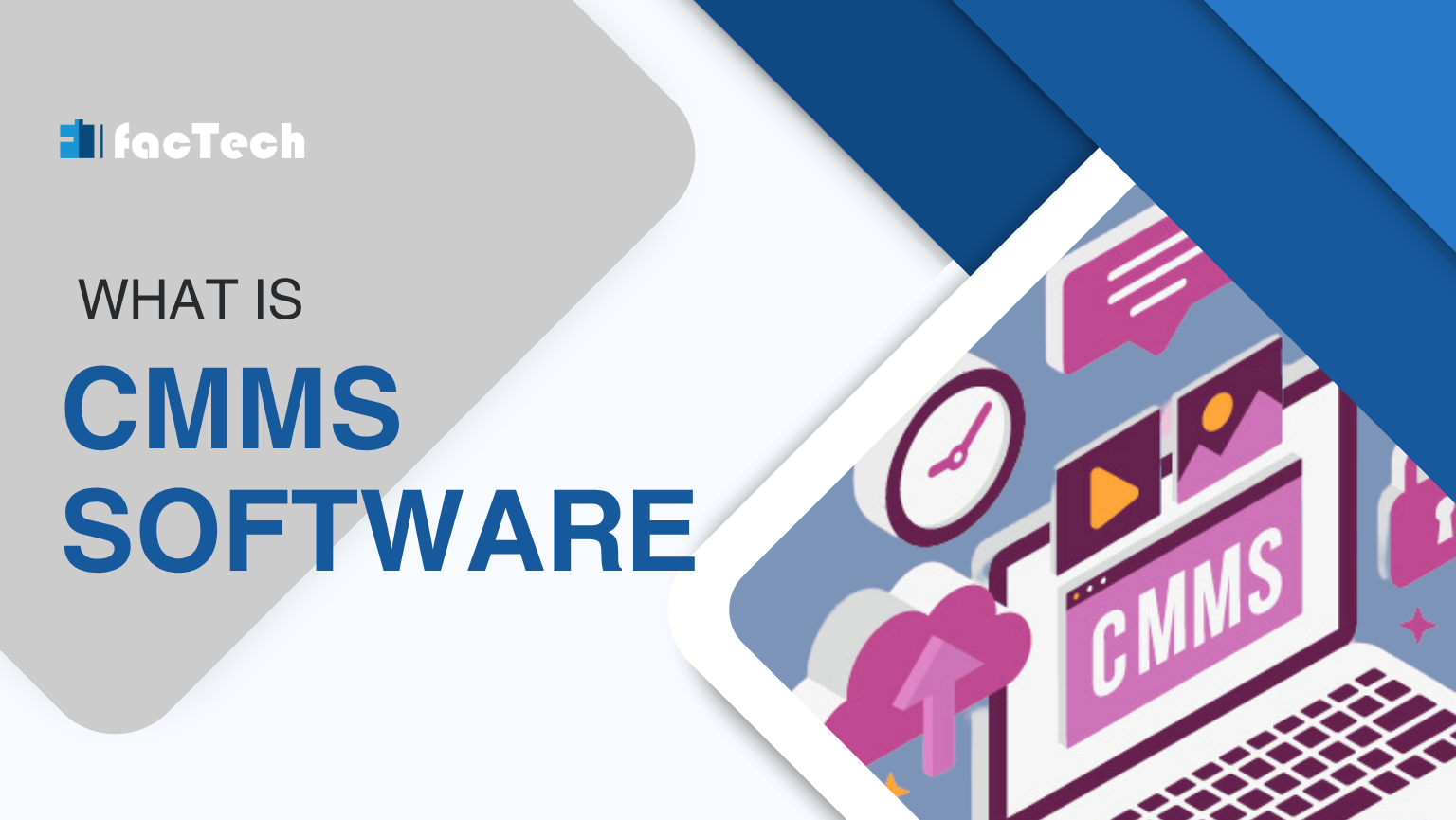Introduction to E-invoice
B2B enterprises & commercial real estate use an e-invoicing system to have their invoices digitally certified by GSTN for a variety of uses on the universal GST portal. The virtual invoicing system will produce an exclusive identification number that can be used for the GST Network-managed Invoice Registration Portal (IRP) (GSTN).
Why is an e-invoice necessary?
For those who run large firms, e-invoicing is essential. The following benefits of electronic billing demonstrate its significance:
- Digital tracking of bills in real-time
- Input tax credit availability more quickly
- reduces several verification issues with input tax credits.
- better control of client information
- Automating the filing of taxes
Methods for producing E-Invoice
The different ways to create an electronic invoice include:
- Web-based — Enter the invoice data manually into the e-invoice portal after logging in to make the e-invoice.
- API/GSP based – Secure Folder, Excel Connector, Direct Database Access, Interface to Access ERPs (Pull) and Click Button in ERP (Push)
- Offline tool based – Creating an electronic invoice using an offline Excel tool that allows the information to be submitted to the IRP to create the IRN.
Goal of the e-invoicing gateway
For their convenience and benefit, taxpayers with a turnover of more than Rs 20 crore may start using the e-invoicing system. For those with a turnover of more than Rs 20 crore, a unique platform is available at einvoice1-trial.nic.in. This e-invoicing method is made available to taxpayers who reside outside the boundaries of Rs 20 crore for their convenience and advantage. The portal aids taxpayers in carrying out the following tasks:
- Creating a distinctive invoice reference number (IRN)
- Reject IRN
- Making MIS reports
- Give sub-user permission to create an IRN,
- Create IRN-related reports.
- Print an invoice
- IRN validation
Factech provides complete end to end recurring billing software for real estate.










